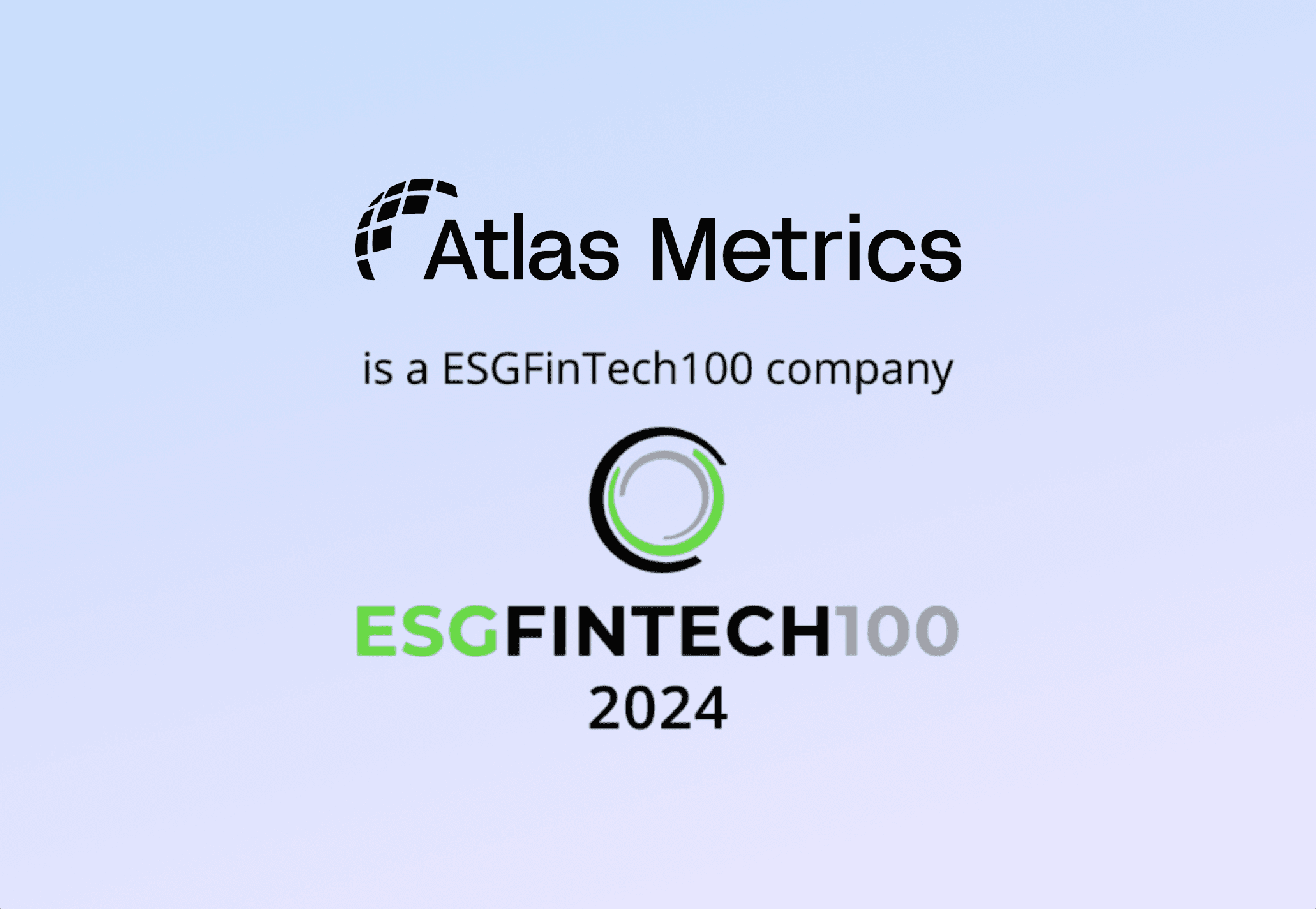Navigating the EU Taxonomy in banking
17.09.2024
·
Christina Anselm
A recent blog post explored how non-financial entities navigate the complexities of EU Taxonomy compliance. While the specifics have been explored for corporates, the approach for the banking sector has not yet been addressed. Given the unique requirements and considerations that financial institutions must navigate, this post will now explain how the EU Taxonomy is applied within the banking sector.
The Green Asset Ratio (GAR)
For companies, the EU Taxonomy requires the reporting of their aligned turnover, capital expenditures (CapEx), and operational expenditures (OpEx). These metrics provide insights into a business’s current and anticipated alignment with the EU Taxonomy. However, in the banking sector, the focus shifts to a different metric: the Green Asset Ratio (GAR).
The GAR is a critical KPI for banks, designed to measure the proportion of a bank's assets that are linked to the EU Taxonomy. Specifically, the GAR reflects the percentage of a bank’s total assets that are invested in or used to finance Taxonomy-aligned activities. This ratio covers the bank’s main lending and investment operations, including loans and advances, debt securities, and equity holdings. The purpose of the GAR is to enhance transparency regarding the extent to which a bank’s assets are aligned with environmentally sustainable activities, offering a clear indication of the bank’s role in promoting sustainability within the economy.
GAR calculations
The Green Asset Ratio (GAR) calculation for banks focuses on certain key financial assets. These include loans and advances, debt securities and equity holdings. Essentially, the GAR captures assets that are linked to sustainable economic activities, reflecting the bank’s commitment to environmentally responsible financing.
However, not all assets are included. For example, financial assets held for trading, short-term loans between banks, and exposures to companies that are not required to publish non-financial information under the Corporate Sustainability Reporting Directive (CSRD) are excluded. Additionally, the GAR does not cover exposures to governments, central banks, or supranational issuers, keeping the focus on assets that directly contribute to sustainability goals.
Banks rely on other entities’ reported data – in the case of corporates, the proportion of aligned turnover, CapEx, and OpEx – as the foundation to calculate their own KPIs and fulfill their reporting obligations. This reporting chain ensures that sustainability data flows consistently and comprehensively across the market.
Different types of GAR
The Disclosures Delegated Act (Regulation (EU) 2021/2178) specifies several categories of GAR that banks must report, each offering insights into different facets of sustainable lending and investment.
GAR for Exposures to Non-Financial Undertakings: This GAR focuses on the bank’s exposures to non-financial companies, which are in scope of the CSRD and thus also the EU Taxonomy. By evaluating how much of a non-financial company’s activities align with the EU Taxonomy, this GAR reveals the extent to which a bank’s financing is directed towards environmentally sustainable business practices.
GAR for Lending Activities to and Equity Holdings of Financial Undertakings: This category highlights the bank’s role in fostering sustainability through its interactions with other financial entities. The underlying principle is that these financial entities, in turn, invest in or lend to sustainable projects, thereby amplifying the bank’s impact on sustainability across the financial sector.
GAR for Retail Exposures: This GAR reflects the bank’s support for sustainable living among its individual clients. It measures the proportion of the bank’s retail lending that is directed towards green mortgages or loans for purchasing electric vehicles. This GAR showcases the bank’s commitment to promoting sustainable practices at the consumer level.
GAR for Loans and Advances Financing Public Housing and Other Specialized Lending to Public Authorities: This GAR emphasizes the bank’s contribution to public sector sustainability efforts. The focus is on how much of this lending is used for projects aligned with the EU Taxonomy, such as sustainable public housing initiatives or environmentally beneficial infrastructure projects.
These GAR metrics collectively provide a comprehensive view of how a bank aligns its lending and investment activities with environmental sustainability goals. Banks are required to disclose the aggregate GAR for all covered on-balance sheet assets, for both the stock and flow. Additionally, credit institutions must break down their GAR by environmental objective and by type of counterparty, offering detailed insights into how different segments of their portfolio contribute to sustainability.
Starting in 2026, credit institutions are additionally required to prepare templates on KPIs on off-balance sheet exposures, fees and commissions and the trading book portfolio.
Challenges in achieving compliance
While the GAR is a powerful tool for assessing a bank's alignment with environmental sustainability goals, its implementation comes with several challenges. Data collection is a major obstacle, as banks need to gather a wide range of information that may not have been previously collected. This includes specific data such as Energy Performance Certificates (EPCs) for mortgage loans, details on the environmental impact of financed projects, and the sectoral classification of companies. Accuracy is critical since estimates are not allowed, requiring banks to engage closely with clients to obtain reported data.
Another challenge lies in the complexity of the reporting process. The templates required for banks are significantly more intricate compared to those for non-financial undertakings, making the task of accurately completing them both time-consuming and tedious. The detailed nature of these templates adds to the operational burden, requiring precise documentation and thorough monitoring to ensure compliance.
Challenges in comparing GARs across banks also arise from several factors. The exclusion of SMEs from the scope of the EU Taxonomy complicates comparisons. This poses particular difficulties for smaller and regional banks that often finance SMEs, making it hard to fully demonstrate their sustainable financing efforts. Differences in how banks report their GARs can lead to misleading comparisons due to these exclusions. For example, banks with substantial exposures to SMEs or non-EU entities might show lower GARs, which may not accurately reflect their commitment to sustainability but rather the constraints of the GAR calculation.





